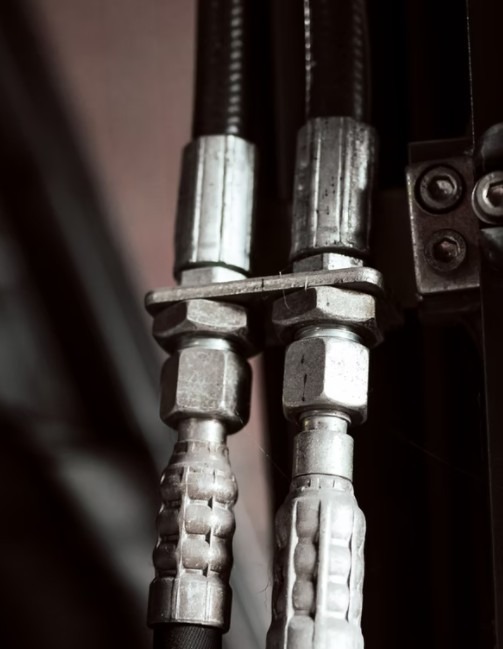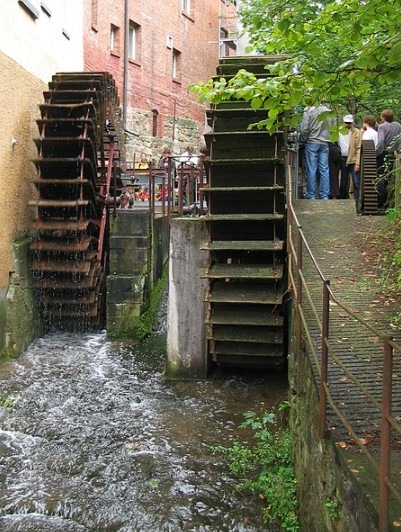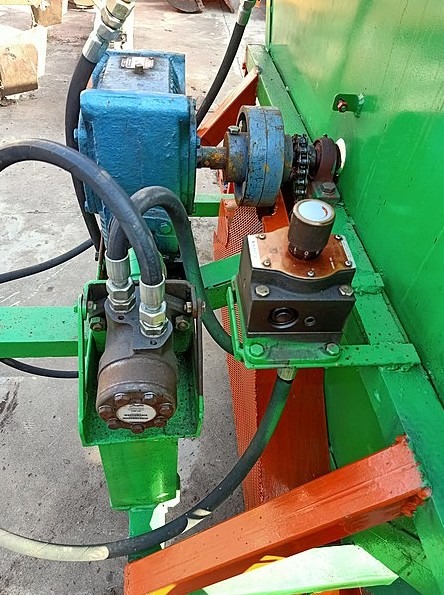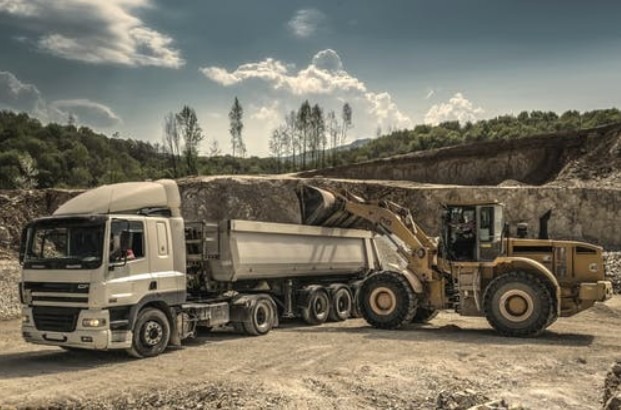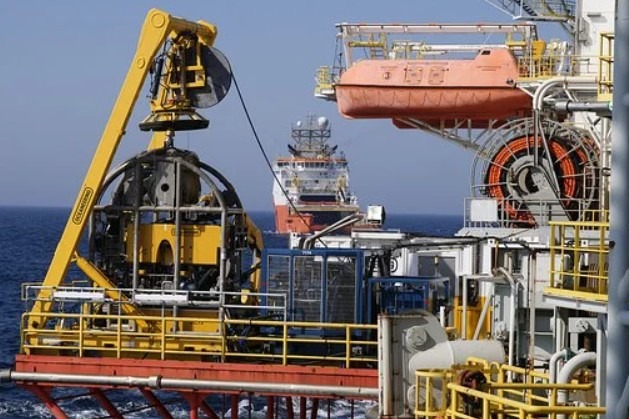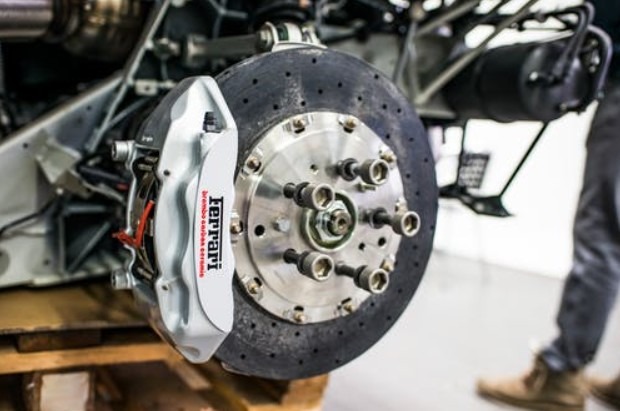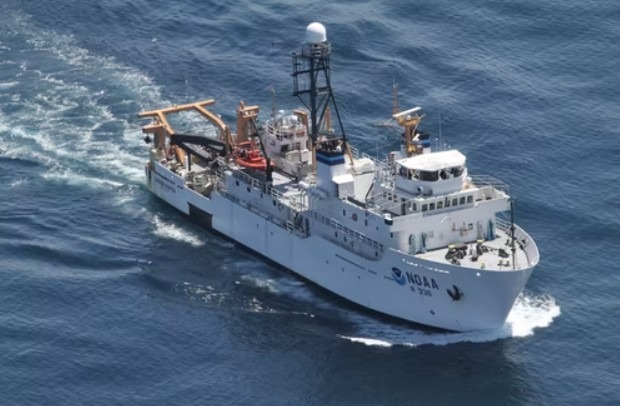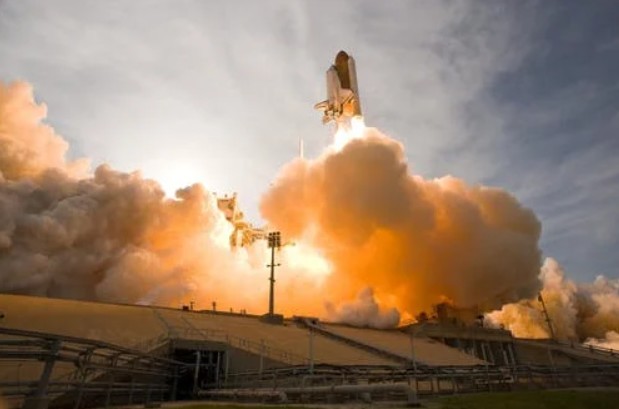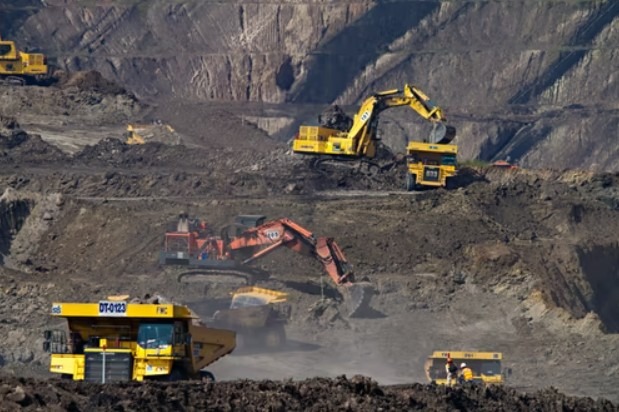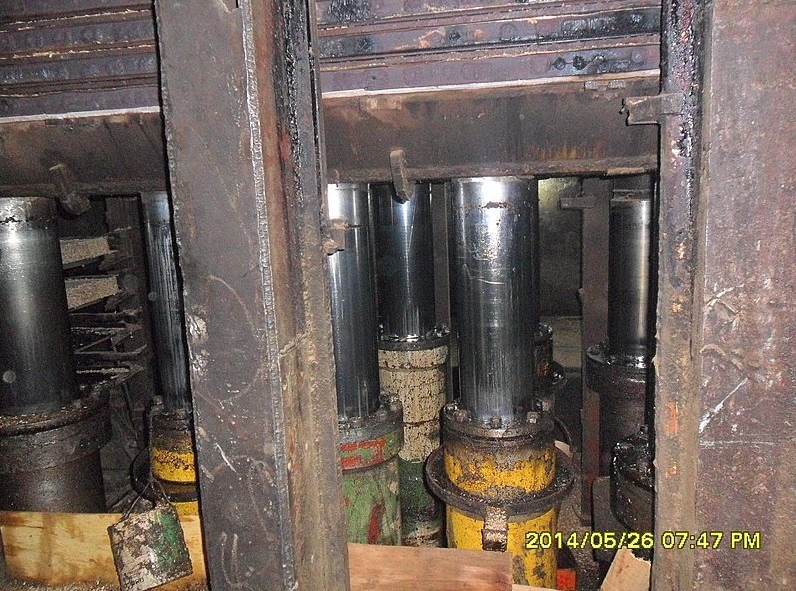Hydraulics is an applied science and technology that uses chemistry, engineering, and other sciences that involve the use of liquids and mechanical properties. At a basic level, hydraulics is the liquid counterpart of pneumatics which refers to gases. The theoretical foundation for hydraulics is provided by fluid mechanics. It focuses on the applied engineering using the properties of fluids.
In the applications of hydraulics, they are used for transmission, control, and generation of energy by using fluids and pressure. The brakes in your car, work on hydraulics. Various parts of science and engineering modules cover the concepts of dam design, pipeline flow, fluid control circuits, fluidics, etc.
The Interesting History of Hydraulics
The principles of hydraulics are used naturally in the human body within the erectile tissue and vascular system.
Ancient and Medieval Eras
The earliest uses of hydropower date back to Mesopotamia and Ancient Egypt. It was the time where irrigation was used since the 6th millennium BC and water clocks have been in use since the early 2nd millennium BC. The other early examples of hydraulics include the Qanat system that is an example of free-surface flow. It was used in ancient Persia and the Turpan hydraulic system in ancient Central Asia.
Who Invented Hydraulics
It is difficult to say exactly who invented hydraulics or when hydraulics was invented. Hydraulics systems were created from the work of great minds such as Joseph Bramah, Blaise Pascal, Galileo Galilei, Leonardo da Vinci. Finally, the application of hydraulics has founded its usage and place in the modern world.
Magic of Fluid Power
- 6000’s BC: Use of Hydraulics can be traced back to the 6th millennium BC where it was used for irrigation in Mesopotamians and Egyptian civilizations.
- 600’s BC: The tunnel of Eupalinos aqueduct was constructed in Samos.
- 100’s: Hero of Alexandria used hydraulics to create the first steam engine of the world known as Aeolipile.
- 300’s: Persians completed the construction of the Shushtar Historical Hydraulic System.
- 900’s: A hydraulic powered flute player was created and it was the first music sequencer using the applications of hydraulics.
- 1206: Al-Jazari invented the first hydraulic powered programmable robot.
- 1648: Blaise Pascal, a French physicist, realized that the pressure on a confined fluid exerts an equal force in all directions and that these forces can be harnessed.
- 1738: A 100 years later, Daniel Bernoulli puts into practice Pascal’s discovery of the energy of fluids. He did it by pressurizing the water in pumps and mills. It is known as Bernoulli’s principle.
- 1795: The first hydraulic press was patented by Joseph Bramah in England. He paved the way for the industrial revolution. Hydraulic presses hardness the power of fluids. It automated all types of manufacturing equipment from printing presses and cranes used for stamping and cutting the machines.
- 1882: The first hydroelectric power plant was constructed in Appleton, Wisconsin.
- 1934: The first rotary engine and hydraulic accumulator was developed by William George Armstrong in 1934.
- 1947: The first hydraulic fracturing experiment was done 1947 in Grant County, Kansas.
Hydraulic applications
Industrial
Electrohydraulic is the mechanism that is used to control the industrial applications of hydraulics. Rapid and accurate response of hydraulics is an advantage in different industries. Primary metal mining, steel making, and plastic processing machine applicated automate the production lines. Other examples of applications of hydraulics in the industry are machine tool industry, crushers, presses, paper industries, loaders, textile industry machine, loaders, etc. Additionally, ensuring the smooth operation of hydraulic systems is vital for uninterrupted production; thus, companies may often need hydraulic repair service to address any issues that arise and maintain optimal performance.
Mobile Hydraulics
In mobile hydraulics, the system is controlled manually. The construction and building equipment like excavators, cranes, earthmoving machinery, backhoes, etc. are used for different purposes. On the other hand, irrigation systems, tractors, tunnel drilling equipment, handling equipment, railway equipment, etc. are examples of mobile hydraulics.
Automobiles
Hydraulics finds interesting applications in the automotive industry. The most important work in this industry is based on the principles of hydraulics. For example, windshields, shock absorbers, power steering, brakes, etc. are the common applications of hydraulics in the automotive industry. The four-post lifts or two-post lifts are used in the automotive industry to life the vehicles inspection and overhaul.
Marine Applications
Hydraulics play an important role in maintaining the control and stability of the ships. Stern thrusters, bow, steering gear, and engine room maintenance systems include pumps and jacks, etc. all work on the principle of hydraulics. The other deck machinery such as hatch covers, winches, cranes, mooring drums is examples of the application of hydraulics in the marine industry.
Aerospace Applications
Spacecrafts, rockets, airplanes, etc. are examples of hydraulics applications in the aerospace industry. It is used for various applications such as to adjust the wings, door opening/closing, landing gear extension and retraction, steering, braking, etc.
Mining Hydraulic
Hydraulic fracturing is one of the advanced mining technologies that is used for extracting unused gas/oil from below the earth’s surface. The application of hydraulics in mining is done by using a high-pressure mixture of water, sand, and other chemical additives are passed through the cracks.
Modern Hydraulic Cylinders
Over time, it was discovered that water was not the best material for hydraulic pumps and motors. So, oil was considered a better alternative for the applications of hydraulics. It is because the oil is not corrosive and lubricates the press components of hydraulics. The oil is also denser and can withstand the higher loads without evaporating. Also, it can remain cool under the high pressure of hydraulic forces.
As the use of hydraulic power has evolved, the use of the hydraulic press has also evolved. Each technological development comes with new materials, mounting configurations, applications, and designs. The breakthroughs of the past 75 years have brought the power of hydraulics to every imaginable industry. They are used in landing gears, cranes, aircraft, large vessels, mining equipment, etc.
Use hydraulics are used in power generation and hydropower applications. The hydraulic system is capable of delivering up to 10 times the power of an electric motor. Hence, it makes it ideal for heavy pulling, pushing, and lifting applications. The precise control makes it safer to work near hydraulic equipment.
Hydraulic Models
The basic principles of hydraulics are used by different industries. They use a hydraulic analogy to help the freshers to understand the applications of hydraulics.
- MONIAC Computer uses water hydraulics to learn about economics
- The thermal-hydraulic analogy is used to learn the thermal circuits
- The electronic-hydraulic analogy is used to learn about electronics
Hydraulics Applications – From 6000s BC To 21st Century
What started with the initial discovery of hydraulic power by Blaise Pascal and Joseph Bramah when designing the first hydraulic press has evolved the technological advancement to the smart hydraulic cylinders. It can be controlled by a computer.
From daily use cars to tractor hydraulics to ships and aircraft, a hydraulic system can provide ten times more power than an electric motor. Also, precise control makes it easier for the users to control the pull, push, and lifting applications in various industries. This is the reason that hydraulics has been in use in different industries such as manufacturing, mining, construction, automotive, etc.

